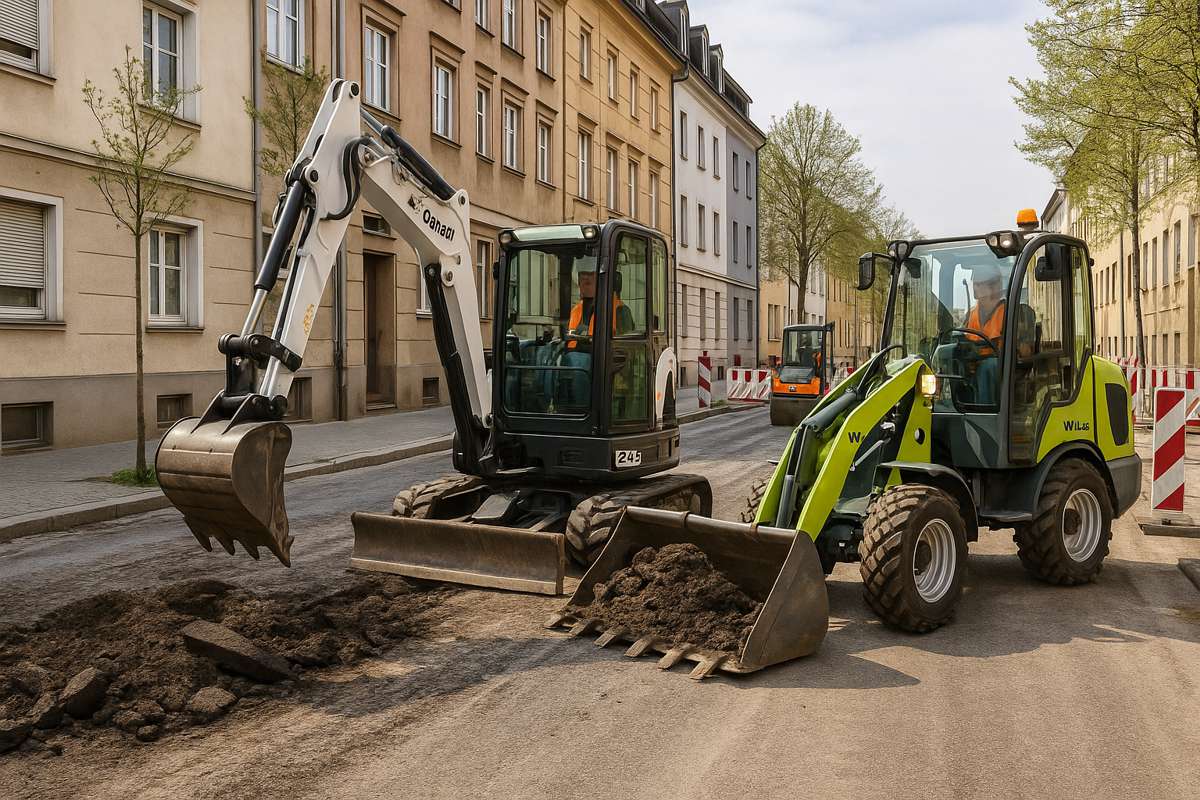CASE features new compact wheel loaders with electrohydraulic controls at bauma
As part of its theme of innovation at Bauma 2019, CASE launches electrohydraulic controls on its compact wheel loader F-series.
Electrohydraulic controls for compact wheel loaders
At Bauma 2019, CASE will showcase its new compact wheel loader models with electrohydraulic controls. With more than 20 sensors and 20 electrohydraulic actuators installed on the machine, this new technology will improve operator controllability, provide the option to select different operating modes and allow for combined movements. Operators will have greater control over the hydraulic speed for both travel and unloading.

Egidio Galano, CASE Compact Product Line Director, explains the reason for this new development: “Our customers have driven this change. We know that automated functions reduce operator fatigue and allow operators to be more productive, even for those with less experience. We’ve taken proven electrohydraulic technology that has been a huge success in our G-series wheel loaders and adapted it for use in these more compact models. Moving to electrohydraulic controls improves the operator experience by reducing the number of manual tasks that they must perform, but also gives a smoother, effortless feel to the joystick so that operators can work all day without fatigue.
“The automated sensors power better feedback systems, alerting the operator to faults and optimising machine functions to deliver fuel savings. The machines will show increased productivity and increased engine efficiency, which will deliver a marked decrease in the total cost of ownership.
“The system delivers further practical savings. By taking out the hydraulic pilot hoses, we are creating more room inside the machine. With more space, maintenance and servicing tasks are easier, but vibrations and the subsequent noise created by the machine are also reduced, making for a more pleasant working environment.
“Ultimately, we’ve created accessible new technology that makes our machines as easy to use as possible and allowing operators to simplify everyday tasks. Such innovations are fuelled by CASE’s customer-centric approach to machine build and design.
“At CASE, we provide real solutions to real world problems. We believe in using our expertise to develop technology that makes a real difference to our clients. We listen to our customers and use the capability and experience of the whole CNH Industrial group to address the challenges that our customers face.
“Productivity is a key concern for our customers in every industry and this is the focus of our compact wheel loader developments. We want to make it easier for operators to carry out their tasks through intuitive technology and automated functions.”

Visitors to the CASE stand at Bauma will also see several other enhancements to the CASE compact wheel loader range, including a new hydraulic quick coupler for better visibility during load operations. New fork frames and buckets will provide an increased rollback angle and greater load retention at high speeds.
All new features on the compact wheel loader models will be available in the second half of 2019.
Discover more about CASE’s innovations at Bauma 2019, stand FN 817.




















